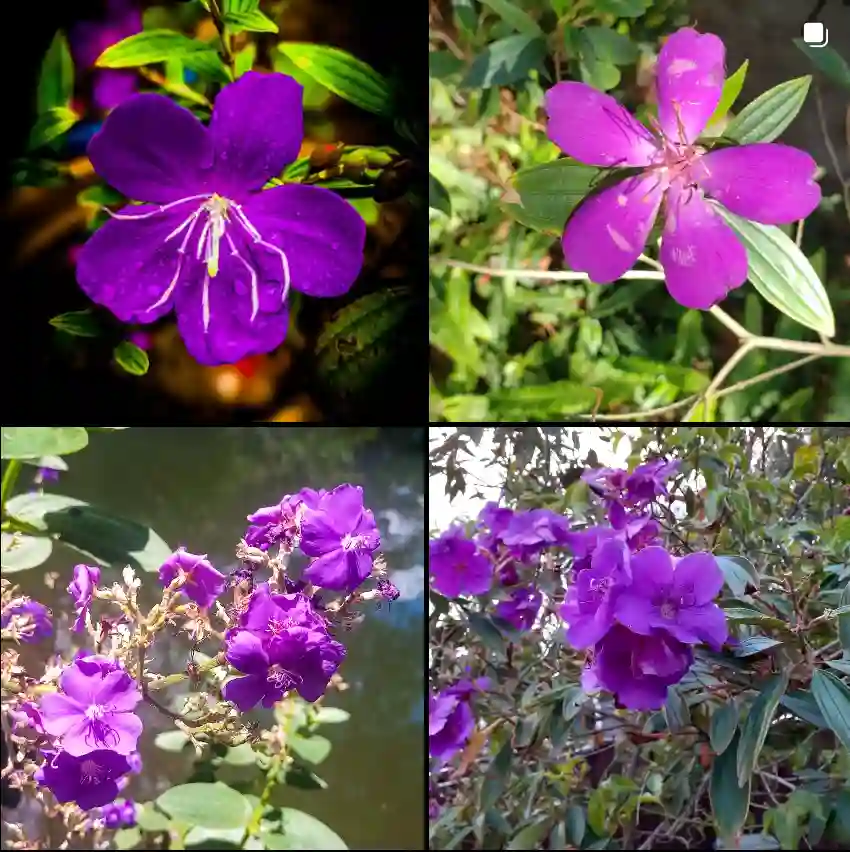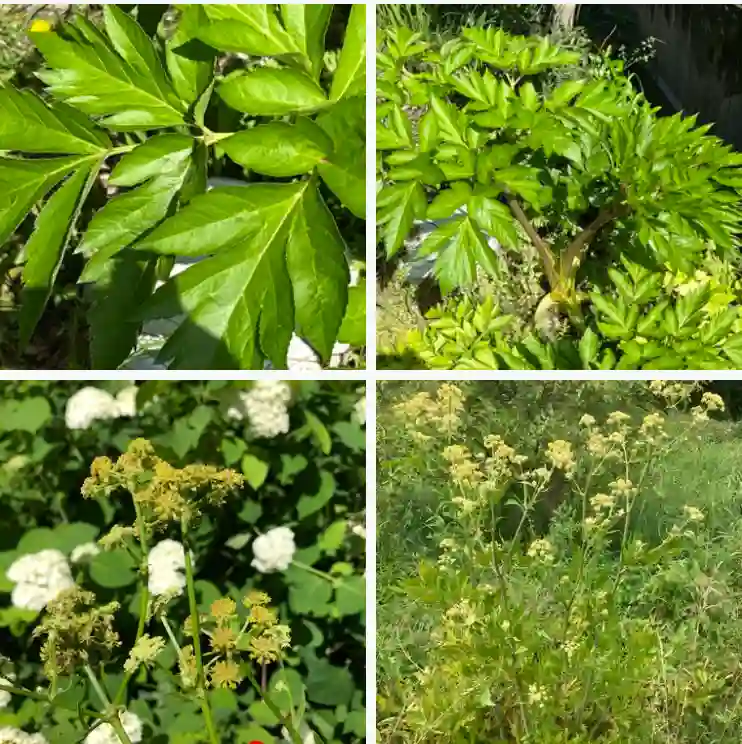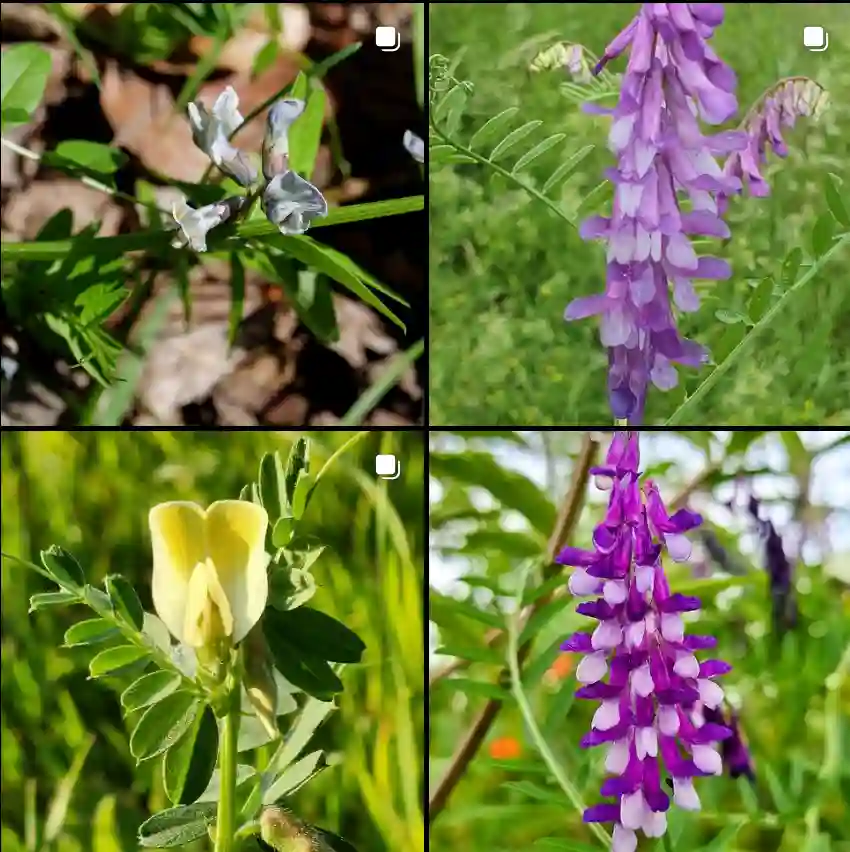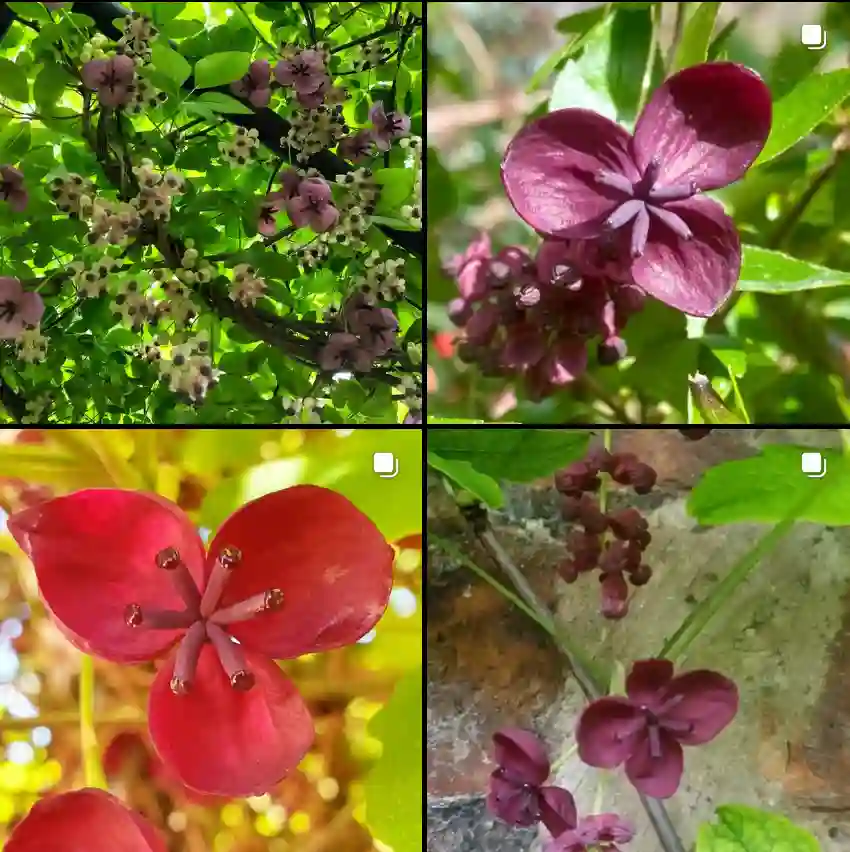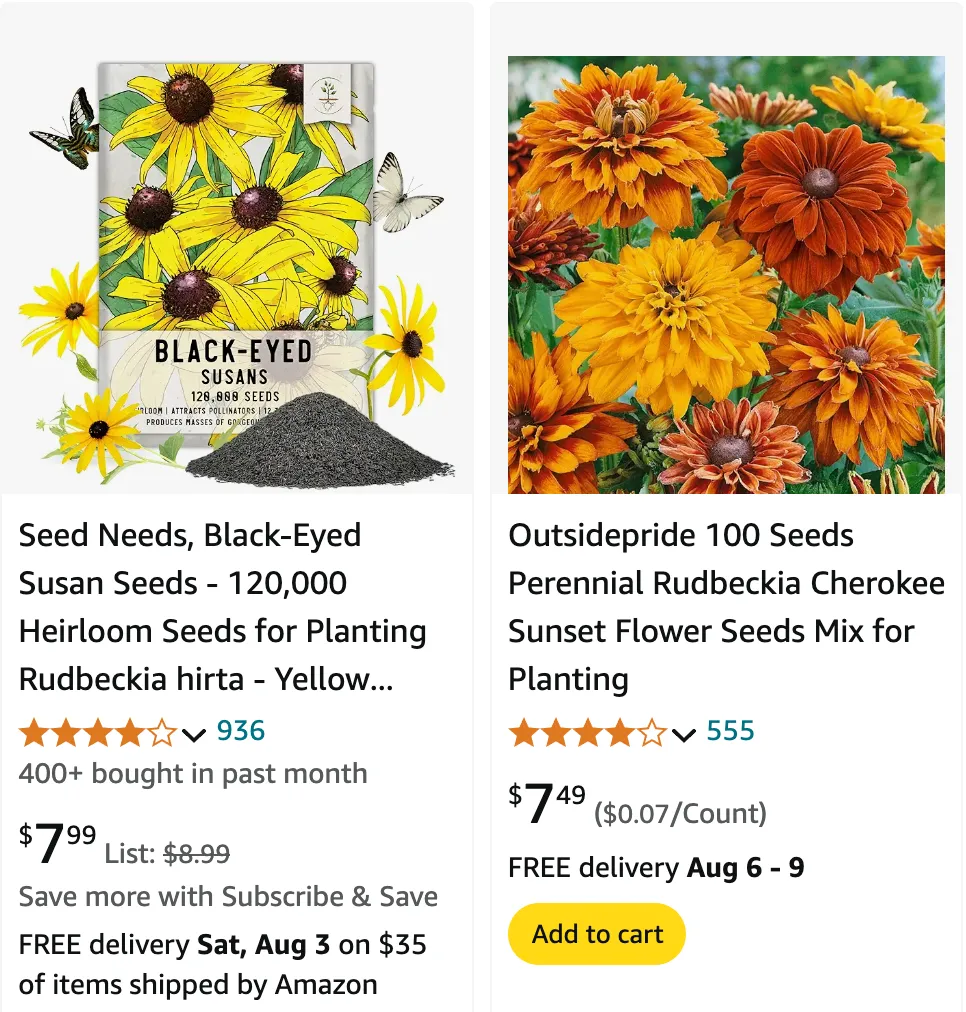
June 10 – Rudbeckia
"Rudbeckia, the black-eyed Susan, defines June 10."
Rudbeckia represents optimism and vitality. You have a sunny disposition, bringing warmth and encouragement to those around you. Like its cheerful blooms, you’re a source of happiness and hope.
Rudbeckia: A Personal Appreciation
I’ve always been drawn to the simple beauty of wildflowers, the kind that spring up unbidden in meadows and along roadsides. Among my favorites is the Rudbeckia, belong to the Asteraceae family, a genus of flowering plants that boasts vibrant colors and an unpretentious charm. These cheerful blossoms, with their prominent central cones and radiating petals, have a way of brightening any landscape.
Perhaps you know them better as coneflowers or black-eyed Susans. These common names paint a vivid picture – the “cones” referring to the distinctive, often dark central disk, and “black-eyed Susan” highlighting the dark brown or black color that contrasts so strikingly with the bright yellow petals.
Rudbeckia species
The Rudbeckia genus is surprisingly diverse. It encompasses roughly 31 species, ranging from tall, long-stemmed varieties that reach for the sky to shorter, bushier types that spread like cheerful groundcover. Here are a few of the species that have captured my attention:
- Rudbeckia alismifolia Torr. & A.Gray
- Rudbeckia alpicola Piper
- Rudbeckia amplexicaulis Vahl
- Rudbeckia auriculata (Perdue) Kral
- Rudbeckia californica A.Gray
- Rudbeckia deamii S.F.Blake
- Rudbeckia fulgida Aiton Plant FAQs: Rudbeckia Fulgida
- Rudbeckia glaucescens Eastw.
- Rudbeckia graminifolia (Torr. & A.Gray) C.L.Boynton & Beadle
- Rudbeckia grandiflora (Sweet) C.C.Gmel. ex DC.
- Rudbeckia heliopsidis Torr. & A.Gray
- Rudbeckia hirta L. Plant FAQs: Rudbeckia Hirta – Black Eyed Susan
- Rudbeckia klamathensis P.B.Cox & Urbatsch
- Rudbeckia laciniata L. Plant FAQs: Rudbeckia Laciniata
- Rudbeckia maxima Nutt. Plant FAQs: Rudbeckia Maxima
- Rudbeckia missouriensis Engelm. ex C.L.Boynton & Beadle
- Rudbeckia mohrii A.Gray
- Rudbeckia mollis Elliott
- Rudbeckia montana A.Gray
- Rudbeckia nitida Nutt.
- Rudbeckia occidentalis Nutt. Plant FAQs: Rudbeckia Occidentalis – Western Coneflower
- Rudbeckia palustris Eggert ex C.L.Boynton & Beadle
- Rudbeckia scabrifolia L.E.Br.
- Rudbeckia spathulata Michx.
- Rudbeckia speciosa Wender.
- Rudbeckia subtomentosa Pursh Plant FAQs: Rudbeckia Subtomentosa – Sweet Coneflower
- Rudbeckia sullivantii C.L.Boynton & Beadle
- Rudbeckia terranigrae J.J.N.Campb. & W.R.Seymour
- Rudbeckia texana (Perdue) P.B.Cox & Urbatsch
- Rudbeckia triloba L. Plant FAQs: Rudbeckia Triloba – Brown Eyed Susan
- Rudbeckia umbrosa C.L.Boynton & Beadle
Is Rudbeckia Perennial?
Yes, Rudbeckia is a perennial plant in most climates. This means it will come back year after year with proper care. Some varieties, however, are annuals, so it’s essential to know which type you are planting. In my garden, I’ve found that perennials like Rudbeckia Goldsturm reliably return each season, adding consistent beauty to my landscape.
Do Deer Eat Rudbeckia?
Deer tend to avoid Rudbeckia, making it a great choice if you live in an area with frequent deer visits. While no plant is entirely deer-proof, I’ve noticed that my Rudbeckia plants are usually left alone, even when other plants in my garden are nibbled on.
Do Rabbits Eat Rudbeckia?
Rabbits generally do not favor Rudbeckia, much like deer. However, young plants or seedlings may occasionally be nibbled on. I’ve found that mature Rudbeckia plants in my garden rarely suffer from rabbit damage.
Do Rudbeckia Spread?
Yes, Rudbeckia can spread both by self-seeding and through their root systems. Over time, a single plant can form a large clump, and new seedlings can appear nearby. In my experience, this spreading habit makes them excellent for filling in gaps in the garden.
How to Grow Rudbeckia?
Growing Rudbeckia is quite straightforward. Plant them in well-draining soil with full sun exposure for the best blooms. Water them regularly, especially during dry spells. In my experience, they are low-maintenance and thrive with minimal attention, making them ideal for both novice and experienced gardeners.
Is Rudbeckia Poisonous to Dogs?
Rudbeckia is generally considered non-toxic to dogs. While it’s always best to prevent pets from chewing on any plants, I haven’t had any issues with my dogs and Rudbeckia. They coexist peacefully in my garden.
When Do Rudbeckia Bloom?
Rudbeckia typically blooms from mid-summer to fall. The long blooming period ensures a vibrant display of color in the garden for several months. In my garden, I look forward to their bright blooms each year as they signal the height of summer.
When to Prune Rudbeckia?
Pruning Rudbeckia is best done in the late fall or early spring. After the first frost, cut back the stems to a few inches above the ground. This helps the plant conserve energy and prepares it for the next growing season. I find that this simple step keeps my plants healthy and vigorous.
Are Rudbeckia and Echinacea the Same?
Rudbeckia and Echinacea are not the same, though they share some similarities. Both belong to the Asteraceae family and have daisy-like flowers, but they are different genera. Echinacea, commonly known as coneflower, has more cone-shaped centers, while Rudbeckia, known as Black-Eyed Susan, has flatter centers. I grow both in my garden and enjoy their unique contributions.
Rudbeckia vs Black-Eyed Susan
Rudbeckia is often called Black-Eyed Susan, so they are essentially the same plant. The name “Black-Eyed Susan” refers to the dark center of the flowers. In my experience, this common name can sometimes cause confusion, but both terms are correct.
How to Care for Rudbeckia?
Caring for Rudbeckia is easy. Ensure they get full sun and well-draining soil. Water them during dry spells and deadhead spent flowers to encourage more blooms. In my experience, a little care goes a long way in keeping these plants healthy and vibrant.
How to Propagate Rudbeckia?
Rudbeckia can be propagated by division or from seeds. In early spring or fall, divide established clumps and replant them. Seeds can be sown directly in the garden. I’ve found that division is the quickest way to expand my Rudbeckia collection.
What to Plant with Rudbeckia?
Rudbeckia pairs well with many other perennials, including Echinacea, Salvia, and ornamental grasses. These combinations create a dynamic and colorful garden display. In my garden, I like to mix Rudbeckia with purple and blue flowers for a striking contrast.
Final Thoughts
Rudbeckia is a versatile and beautiful addition to any garden. Whether you’re looking for long-lasting blooms, a plant that’s easy to care for, or something that’s resistant to deer and rabbits, Rudbeckia is an excellent choice. With a little care, these vibrant flowers will bring joy to your garden for years to come.
If i die, water my plants!
